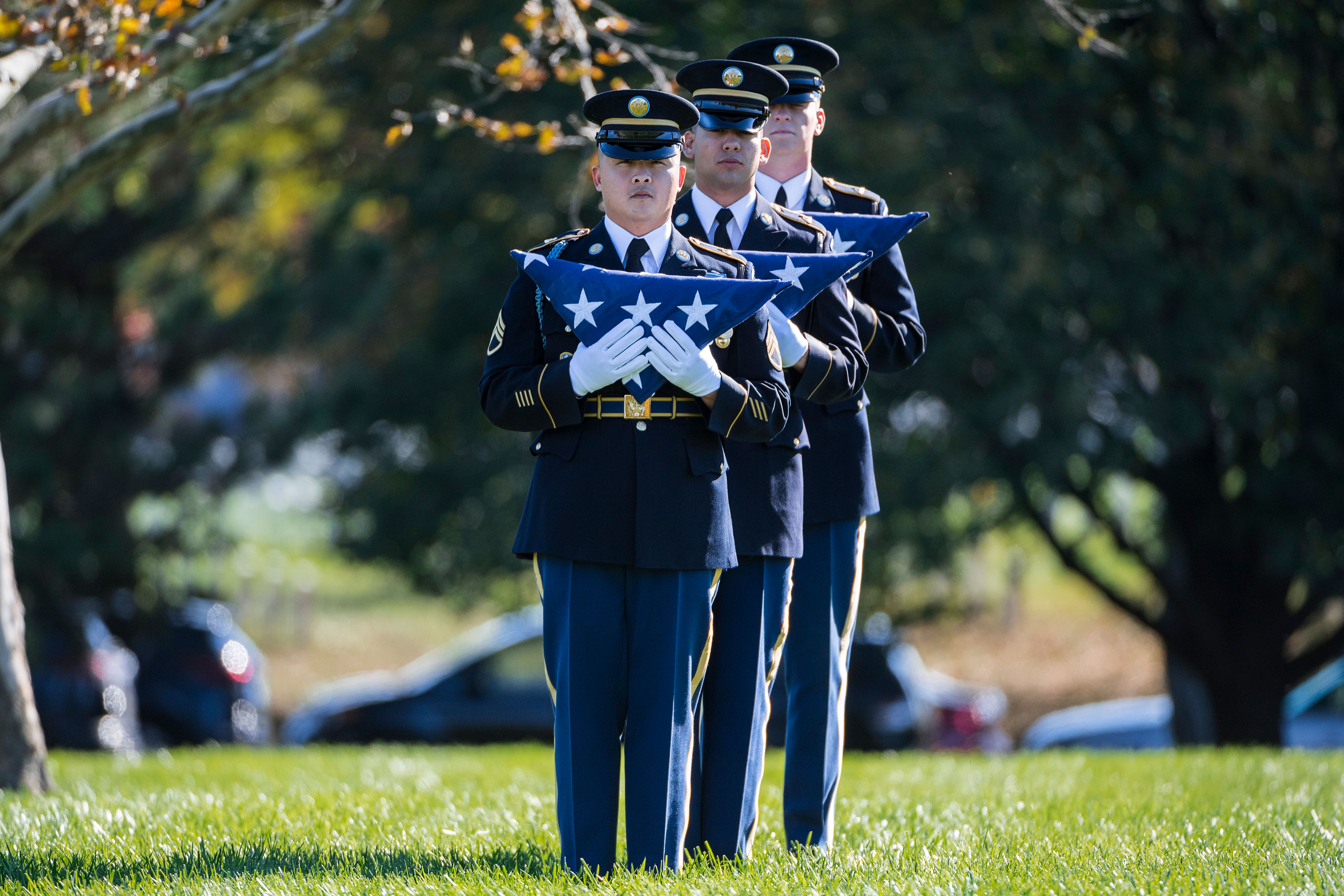
A long-decried law dubbed the “widow’s tax” that reduced the amount of cash support some surviving military spouses could receive each month will begin a planned phaseout this month, a change triggered by a 2020 law.
The so-called tax, officially known as the Survivor Benefit Plan offset, impacted surviving spouses who qualified for both SBP annuity payments and Dependency and Indemnity Compensation (DIC) allowances from the Department of Veterans Affairs. The law required the SBP payments to be reduced by the amount of the DIC payments. That’s because federal law prevented “double-dipping,” or receiving two separate federal benefits for the same reason.
SBP is an annuity paid to the surviving spouse of a deceased retired veteran; the monthly payment is a percentage of the vet’s retirement pay. DIC is a VA benefit paid to the surviving spouse of a veteran who died on active duty or from injuries or illnesses that were a result of military service.
After long and loud public outcry, Congress finally decided that DIC and SBP are two separate benefits, allowing surviving spouses to receive them simultaneously.
The SBP offset became commonly known as the “widow’s tax” because it placed an undue burden on widows of retired military members who gave their lives in service to the nation. It is also known as the Special Survivor Indemnity Allowance (SSIA).
The 2020 National Defense Authorization Act removed the SBP offset, allowing surviving spouses to receive the full amount of both benefits with no reduction or penalty. However, it will take three years for the SBP offset to fully disappear.
Under the law, the SBP offset will be reduced by one-third in 2021, two-thirds in 2022 and fully disappear in 2023.
That means that many surviving spouses will see their Feb. 1, 2021, SBP payment increase by a maximum of $327. Their DIC payments will remain the same. The increase will be automatic; no action is necessary from the recipient.
See: 2021 Retiree and Survivor Pay Dates
Not every surviving spouse who receives SBP payments will see the larger payments. Only those who also receive DIC benefits from the VA are eligible for the increase. And since retirement pay is different for every individual, and retirees can elect many different amounts of SBP payments, not everyone receiving both SBP and DIC will see the increase. However, the military estimates there are 65,000 people who will be affected by this change.
Those eligible for the increased payments should have received notification from the Defense Finance and Accounting Service, or DFAS, in December 2020, explaining how much their new monthly payments will be.
DFAS has created a Survivor’s Newsletter that explains the details of SBP offset, as well as other benefits for which survivors may be eligible. The newsletter also has information on how to contact the finance service if you have questions or concerns about your individual payments.
Keep Up With Military Pay Updates
Military pay benefits are constantly changing. Make sure you’re up-to-date with everything you’ve earned. Subscribe to Military.com to receive updates on all of your military pay and benefits, delivered directly to your inbox.
© Copyright 2021 Military.com. All rights reserved. This material may not be published, broadcast, rewritten or redistributed.
